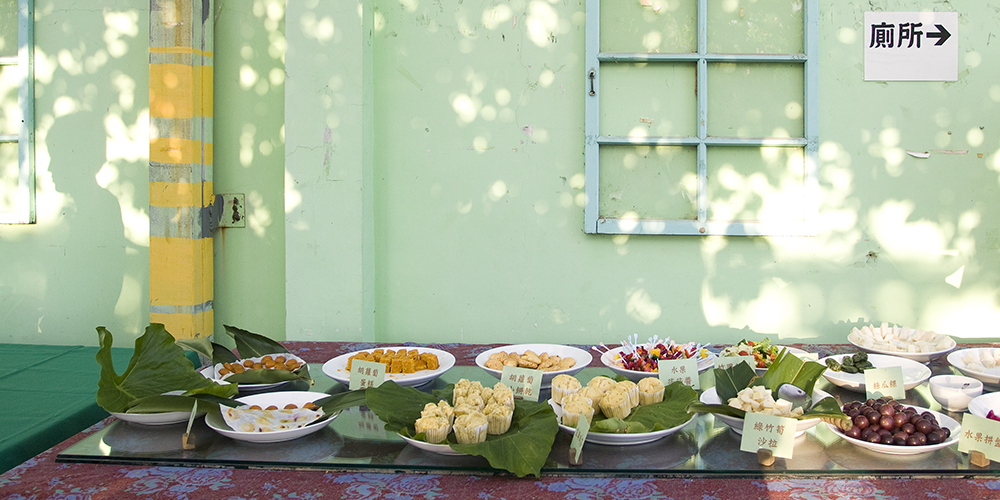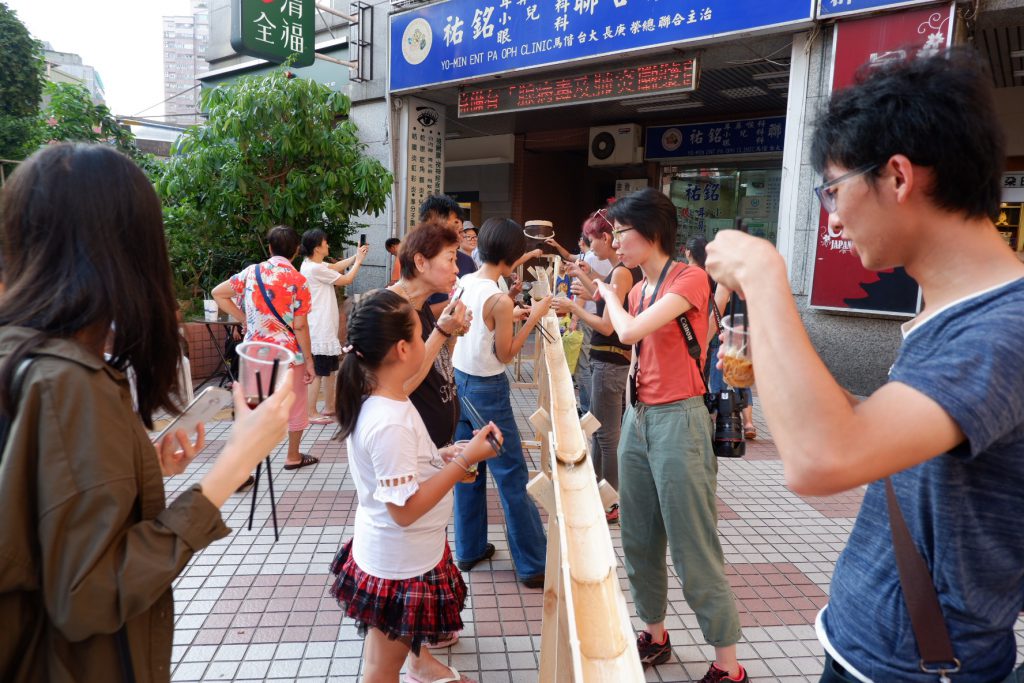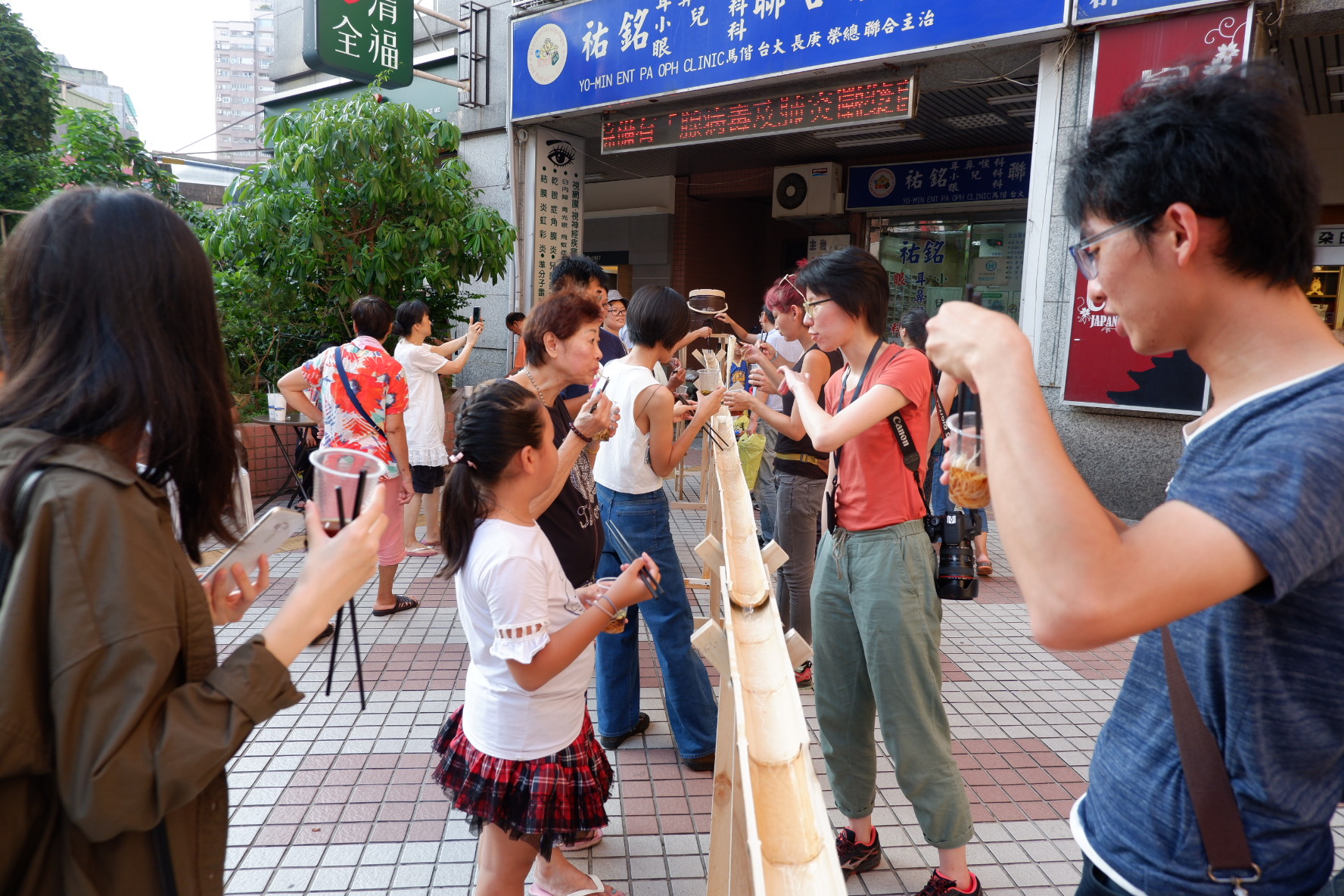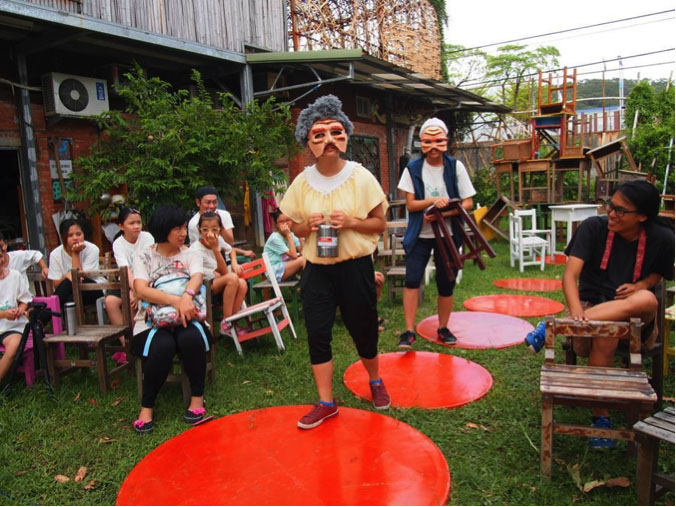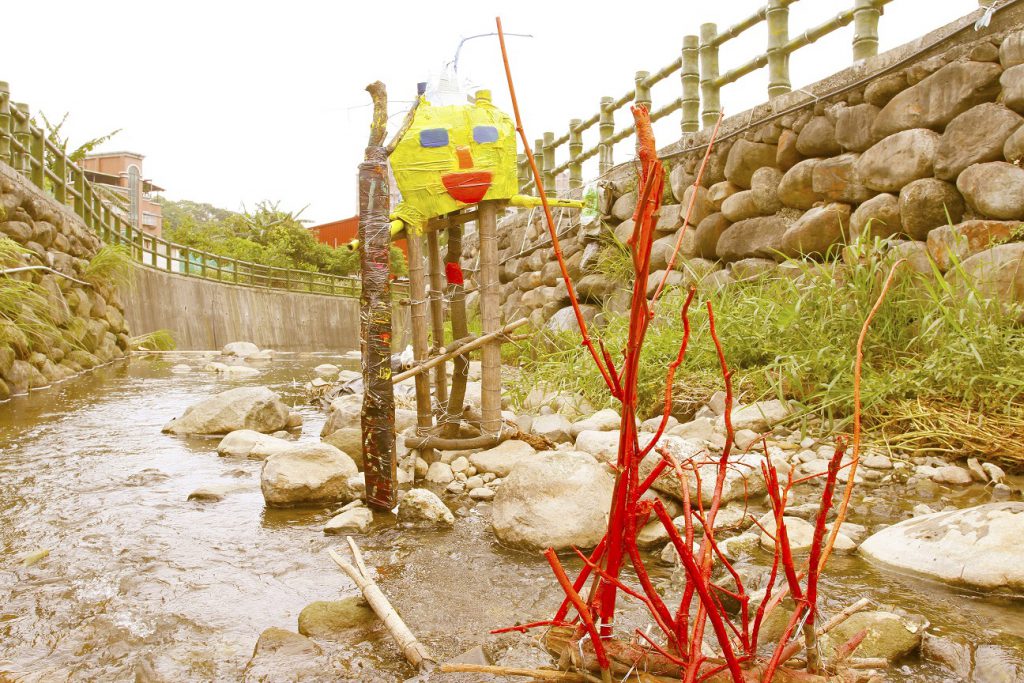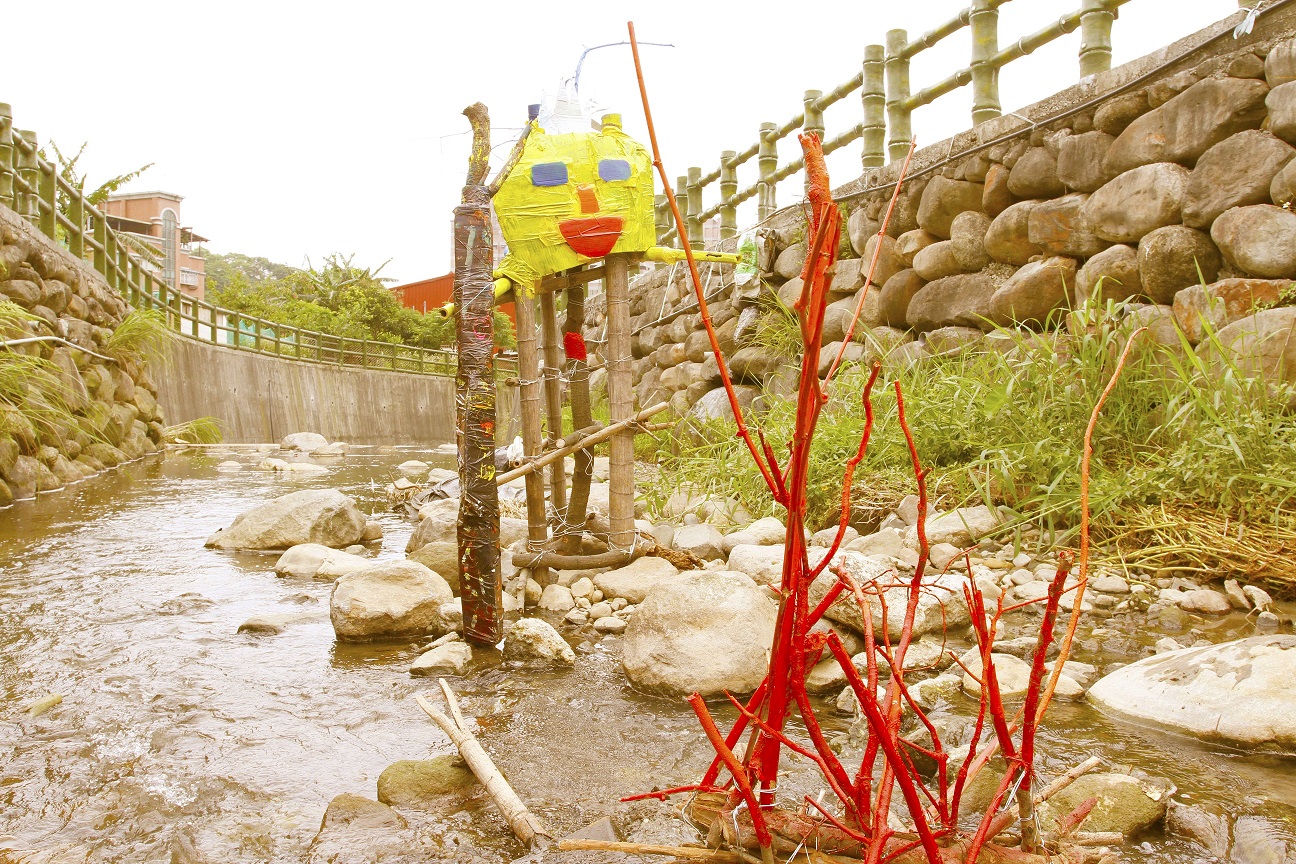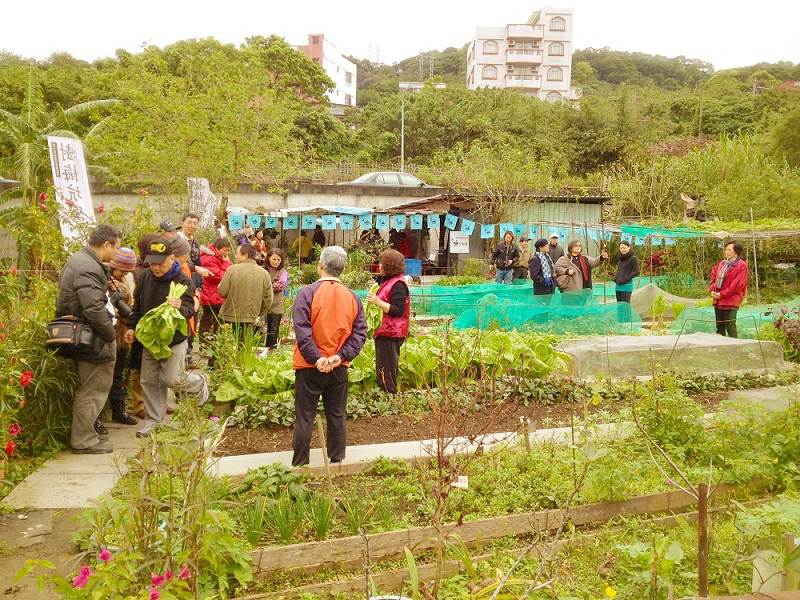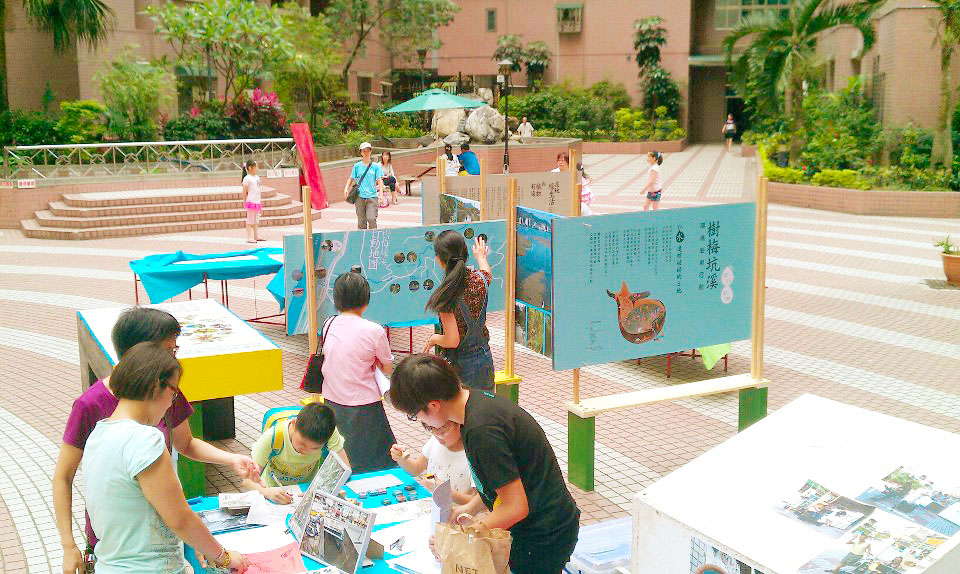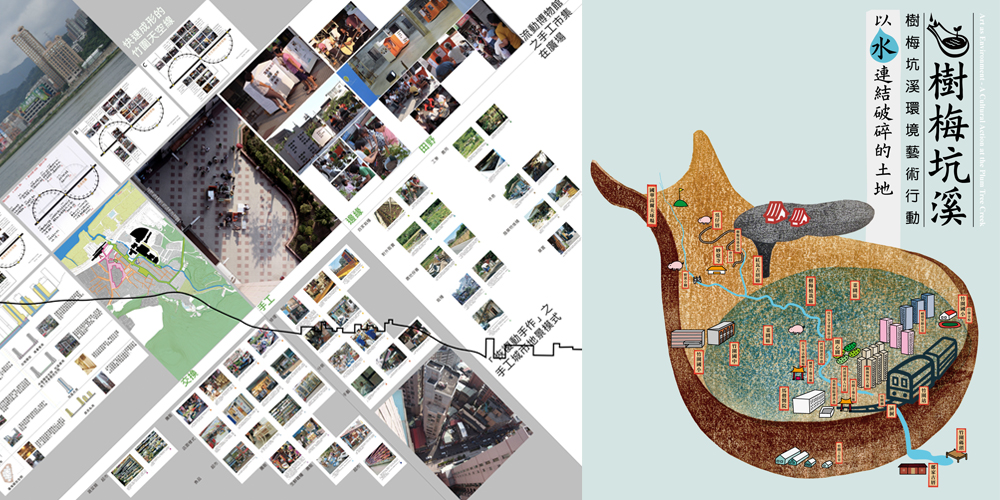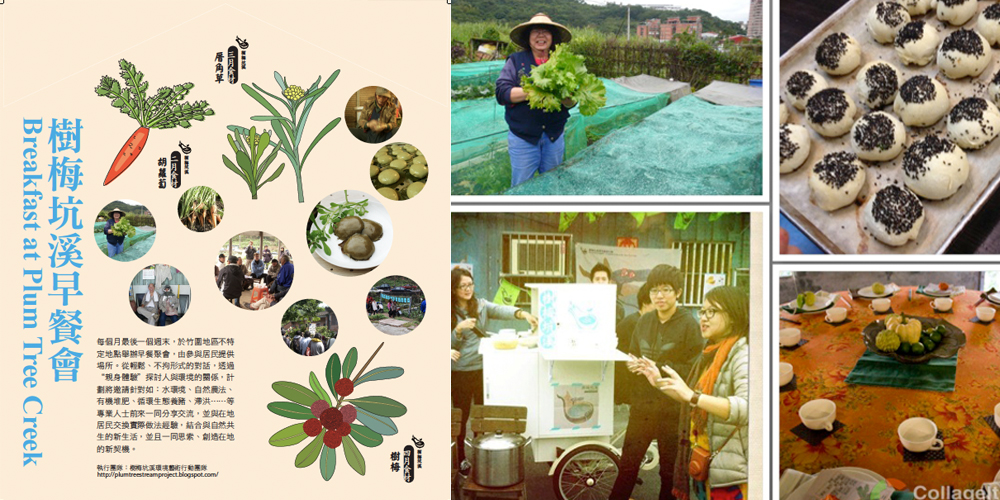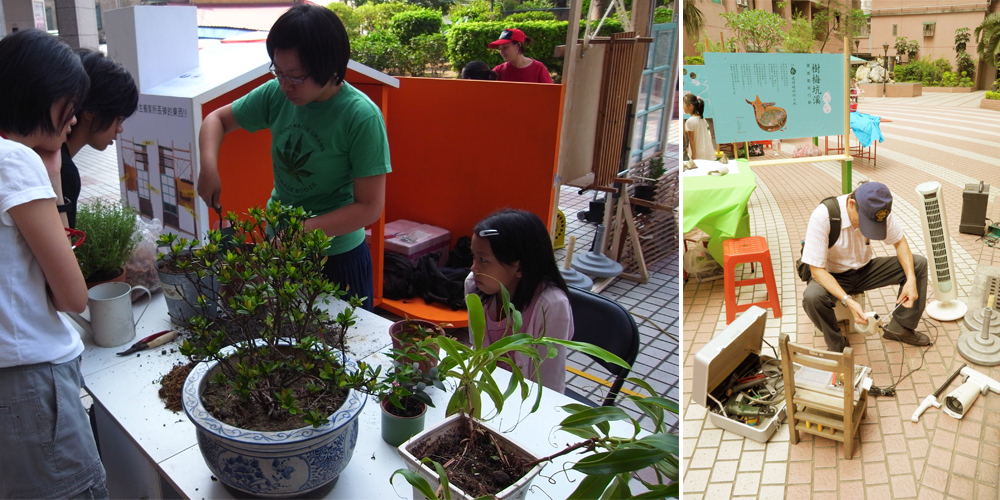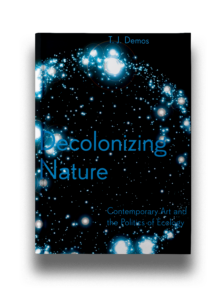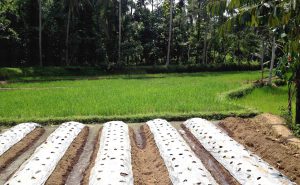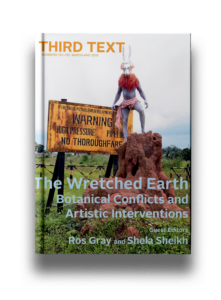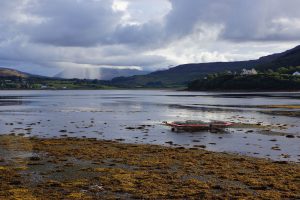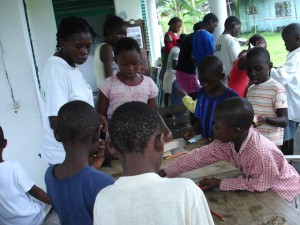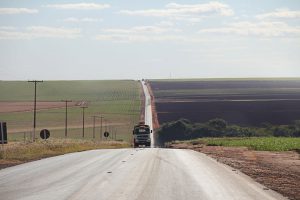About the project
Period
ongoing since 2009
Location
New Taipei City
External links
Proposed by
LU Pei-Yi
Art as Environment: A Cultural Action at the Plum Tree Creek, is a project that curator Wu Mali and Bamboo Curtain Studio developed, since 2009, to help the Zhu-Wei neighborhood to understand their Plum Tree Creek which has gone through a dramatic change. The first phase of the project is to raise pollution and water flow issues due to neglect. We used art as an intervention for collaborative potential between professionals, the community, the public sectors, via research and dialogue, to lead residents to reacquainted with their environment, and to reclaim the ownership over their natural resources.
A series of cultural actions from over 60 local and international artists, curators, professionals, and NGOs intersected multiple stakeholders. we have now reached more than 80,000 participants. After receiving much local and global recognition as a prototype of eco-art action, local residents, government and schools realize the value of their local history, the compromised ecology and the pressure from over-development.
We bring artists to lead this journey, using the power of the artist as a social sculptor, molding a new value system via mutual learning and mutual exchange. We hope to lead Zhu Wei towards the best practice of a livable city that integrates art as the creative platform for embedding sustainable living habits.
Through our interactive “School” we seek art and artists are agents of change, making different models of connectivity to validate reciprocal dependency that keeps a system alive. Art can bring change: made from the public, by the public, for the public.
The Plum Tree Creek Area is in the Zhuwei area of Danshui district, New Taipei City, Taiwan. Plum Tree Creek is approximately 13 kilometres long. Its source is Datuen Mountain, and the clear water flows through Shuiwei of Pinding Village.
About the artist
Mali Wu’s artistic practice focuses on art in the public sphere. She won the National Award of Art in Taiwan in 2016. Wu researches on art as a bridge to nature. She is the curator of the 2018 Taipei biennial, titled Post Nature: A Museum as an Ecosystem.
Bamboo Curtain Studio established in 1995 as an NPO. It runs artist-in-residencies to promote cross-discipline/cross-cultural exchange. It is an incubator for art projects that are of value to society.
